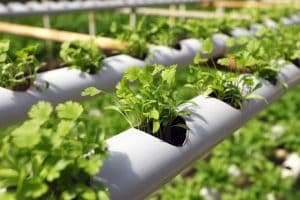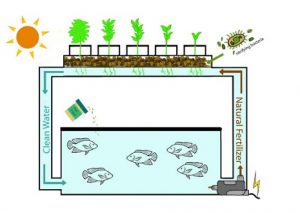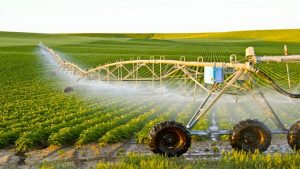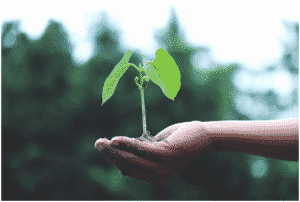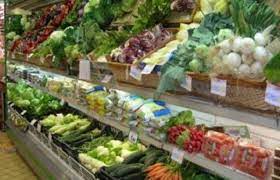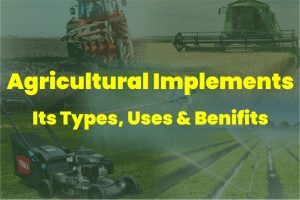Overview of Aeroponic System & Farming
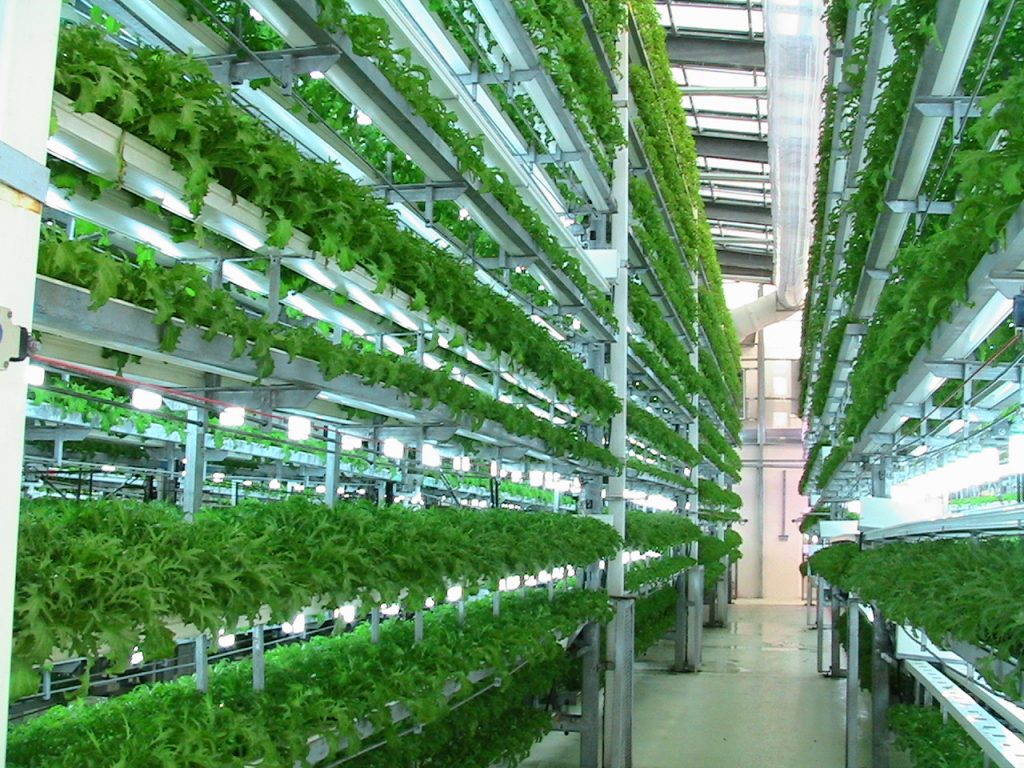
Aeroponic Farming | Farmer Scion
Crops have traditionally been grown in soil-based open field systems. Seasonality, environmental deterioration, urbanization, and food security concerns have resulted in the replacement of open-field methods with sophisticated plant production systems. Soilless culture is a contemporary plant production method that makes considerably better use of available resources. The given research discusses the aeroponic system and offers information on presently available soilless systems.
Aeroponic systems use less water than other soilless systems because of continual water circulation. However, the aeroponic method is not widely used among local farmers, and very few farmers have embraced it owing to a lack of study and technical knowledge in the literature.
Definition of Aeroponics
Aeroponics is the technique of growing plants in an air or mist environment without the need for soil or bulk media (Known as geoponics).
The term “aeroponics” is derived from the Greek words aer (“air”) and ponos (“water”) (“labour”)
Aeroponic Farming

Aeroponics is a potential soilless farming technique for addressing future food crises. It is a relatively new method of producing plants that are becoming more popular with many people because to its speed, low cost, and novelty. Aeroponic farming is a kind of vertical farming and a type of hydroponic technology.
This farming method allowed the producer to carefully regulate root zone nutrients, water regimes, and environmental conditions, as well as having total access to the roots throughout the crop’s life. Aeroponic farming is better to traditional techniques of propagation in terms of great aeration, water usage efficiency, reduced time and space need, seasonal independence, disease-free plant propagation, and large-scale plant output, among other things.
Aeroponic methods for propagation, seed germination, seed potato development, tomato production, leaf crops, and micro-greens have proved economically viable. In an aeroponic system, vegetable crops such as potato, yams, tomato, lettuce, and certain green vegetables are commercially grown. Aeroponics seemed to be a viable technique for producing both aerial parts and roots.
Aeroponic System
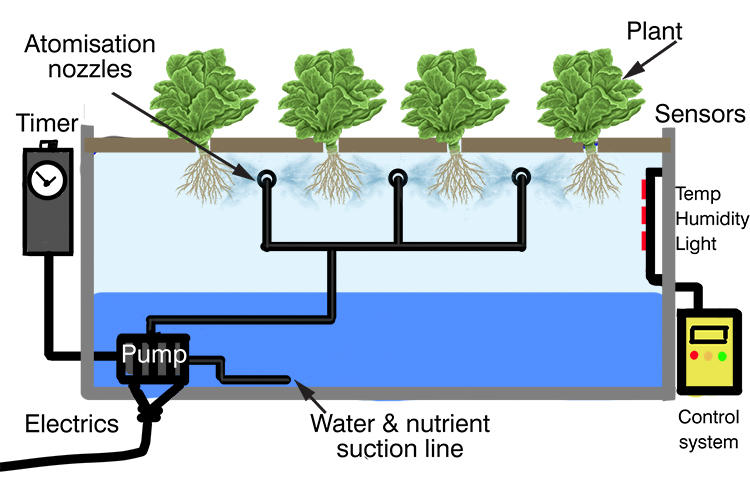
Aeroponics involves exposing plant roots to nutrient-rich aerosol particles. It is an air-water plant growing method in which plant lower parts, such as roots, are suspended within the growth chamber under total darkness. Whereas the top parts of the plant, such as the leaves, fruits, and crown sections, extend beyond the development chamber. When compared to alternative soilless systems, the method is more cost-effective in terms of fertilizer usage and saves water and nutrient solution.
Several research has been conducted to practice the method for the growth of horticulture decorative, herb root, and root-based medicinal plants. According to this research, plant roots are rapidly nourished in an aeroponic system under the available nutrients and regulated circumstances. In the growth chamber, the regulated parameters include uniform nutrient content, EC (Electrical conductivity) and pH, temperature, relative humidity, light intensity, spraying duration, spraying interval, and 100 percent oxygen availability.
High-pressure atomization is the most frequently used aerosol production technique in horticulture, where high-pressure liquids are pushed through a tiny aperture, splitting the liquid stream into droplets. This usually produces aerosol droplets with diameters ranging from 10 to 100 m. Inkjet printer droplet on-demand generators and low-pressure atomization are two more techniques of atomization.
Points Underlined
– In an Aeroponics system, roots are suspended in the air and misted with a nutritional solution.
– Mistings are typically performed every several minutes.
– Because if the roots are exposed to air, they will quickly dry up if the misting cycle is stopped.
– The primary growth medium in aeroponics is air.
– The aeroponics system is most likely the most advanced kind of soilless agriculture system.
Types of Aeroponics
1. Low-pressure Units: In the majority of low-pressure aeroponic gardens, plant roots are hung above a reservoir of nutritional solution or a canal that is within and linked to a reservoir. A low-pressure pump delivers the nutrient solution through jets or ultrasonic transducers, which drip or drain the nutrients back into the reservoir. When plants reach maturity, the units suffer from dry portions of the root systems, preventing sufficient nutrient absorption. Because of the high cost of these machines, they lack functions such as nutritional solution purification, debris removal, and pathogen elimination. These units are typically ideal for growing on a benchtop. It is also used to demonstrate the concepts of aeroponics.
2. High-pressure Devices: Mist is produced by a high-pressure pump in high-pressure aeroponic devices (s). It is also often employed in the production of high-value crops. Air and water purification, nutrient sterilization, low-mass polymers, and pressured nutrient delivery systems are all part of this approach.
3. Commercial System: The commercial system includes high-pressure device hardware as well as biological systems. The biological systems matrix includes an improvement for longer plant life and crop maturity.
Crops Grown in Aeroponics
Aeroponics is a sustainable method of growing and producing big harvests in tiny areas with little waste and labor.
There are many crops that may be grown in an aeroponic system, and many of them have a strong economic case as well as significant environmental advantages. Here are some examples of crops that can be grown in an aeroponic system.
Crops produced in aeroponics are on their way.
Cucumbers, tomatoes, microgreens, Brussels sprouts, leafy greens, herbs, and salads Fennel bulb, pumpkins and gourds, okra, melons, strawberries, peas, beans, peppers, carrots, radishes, leeks, blueberries, ginger
Cost of Aeroponic Farming
The cost of an aeroponic growing system varies according to its complexity, which includes the size, number of pumps, kind of lighting, and quantity of mineral solution needed to feed your plants. The advantages of bigger and more regular harvests, as well as reduced maintenance, usually outweigh the initial expenses of a system over time.
There are many modest systems that do-it-yourselfers may construct for $200 – $300 and get satisfactory results with. On the other hand, there are a few Ready-to-grow options on the market that include all of the components required to have your aeroponic garden up and running within hours of opening the box. These systems, which vary in price from $400 to $1000+, take most of the guessing out of growing using aeroponics.
Advantages of Aeroponics Farming
- Year-round cultivation: Because plants are cultivated in a controlled environment, crops may be produced year-round without being affected by weather or atmospheric conditions outside
- Rapid plant growth: Plants develop quickly because their roots have a lot of oxygen.
- Simple system maintenance: In aeroponics, the only thing that has to be maintained is the root chamber (the container that houses the roots), which needs to be disinfected on a regular basis, as well as the reservoir and irrigation channels.
- Fewer nutrient and water requirements: On average, aeroponic plants use fewer fertilizers and water. since the nutrient absorption rate is greater, and plants often react to aeroponic systems by developing more roots.
- Mobility: Plants, even whole nurseries, may be moved around easily since all that is needed is transferring the plants from one collar to another.
- Requires minimal area and produces a high yield: Aeroponic systems may be stacked in layers to create vertical farms that need considerably less space than conventional farming techniques.
- Excellent educational value: Plant and root development research in labs is simplified for students and researchers.
- Proper root growth: Plant roots have enough room to develop in this arrangement. As a result, they do not stretch or wilt.
- No transplantation shock: After root growth, plants may be transferred to any growing medium system without experiencing transplantation shock.
- Simpler fruit harvest: The method produces fruits that are easier to harvest.
- Disease-free produce: Plant illnesses and infections are reduced to a large degree due to clean and sterile growth conditions.
- Moon station production: Using this method, fruits may be cultivated in zero gravity, i.e. on moon stations.
- Potentially better and more nutritious plants may be cultivated at home, either inside or on the roof.
- Nurseries can grow seeds and cuttings into healthy, harvestable plants in a fraction of the time it takes using conventional techniques.
- Aeroponics systems may decrease water use by 98%, fertilizer usage by 60%, and pesticide usage by 100%, all while increasing crop yields.
- Plants are not harmed by a brief power outage.
Disadvantages of Aeroponic Farming
- System reliance: A typical aeroponics system consists of high-pressure pumps, sprinklers, and timers. If any of these fail, your plants will be severely harmed or destroyed.
- Technical expertise needed: Some training is initially required for system maintenance. Running an aeroponic system requires a certain degree of expertise. Because you don’t have any soil to absorb excess/wrong nutrients, understanding the quantities needed by your plant is critical.
- Root chamber sanitary conditions: The root chamber must not be polluted, otherwise illnesses will attack the roots. As a result, you must sanitize the root chamber on a regular basis. As a disinfectant, hydrogen peroxide is frequently employed.
- Expensive: Most aeroponic systems are not inexpensive. Each aeroponic system might cost hundreds of dollars.
- Power outage: Power outages might be permanent if they last for an extended length of time.

